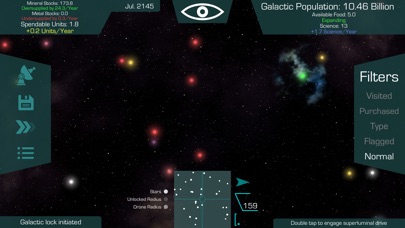

"Rolf Landauer is dead," Bennett sighed, "and someone needs to complain for him." Park later wrote in WN: The letter in Nature seemed to say no revolutionary physics was involved, describing the result as: "a direct consequence of classical interference between different frequency components in an anomalous dispersion region." But I doubt if many journalists read it in Nature.Stardust is an innovative Adobe After Effects plug-in for the creation of stunning particle and object based motion graphics and effects. Charles Bennett at IBM Watson points out that this is little more than a confused rehash of an old story, where the peak of the wave packet leaving the "superluminal" medium is causally related to just the leading edge of the wave packet entering the medium.

Physicist Robert Park, author of the book "Voodoo Science," wrote in his What's New ("WN") column on July 21: But front page headlines across the country were proclaiming, "The Speed of Light Has Been Broken." It's now going to be impossible to characterize any claim as physically impossible without people scoffing: "that's what they said about the speed of light." At WN, we're already getting triumphant phone calls and e-mails from Einstein deniers. We will continue to study the nature of light and hopefully it will provide us with a better insight about the natural world and further stimulate new thinking towards peaceful applications that will benefit all humanity." Einstein's Theory of Relativity still stands, however, because it is still correct to say that information cannot be transmitted faster than the vacuum speed of light. Lijun Wang: "Our experiment shows that the generally held misconception that nothing can move faster than the speed of light, is wrong. Despite exceeding the vacuum speed of light, the experiment is not at odds with Einstein's theory of relativity and is explainable by existing physical theory." The press release also quoted the principal investigator, Dr. The NEC press release began: "Scientists at NEC Research Institute (NEC) the US basic research unit of NEC Corporation (Nasdaq: NIPNY - news), have proven light can travel faster than its acknowledged speed in vacuum in a successful experiment in superluminal light propagation.


 0 kommentar(er)
0 kommentar(er)
